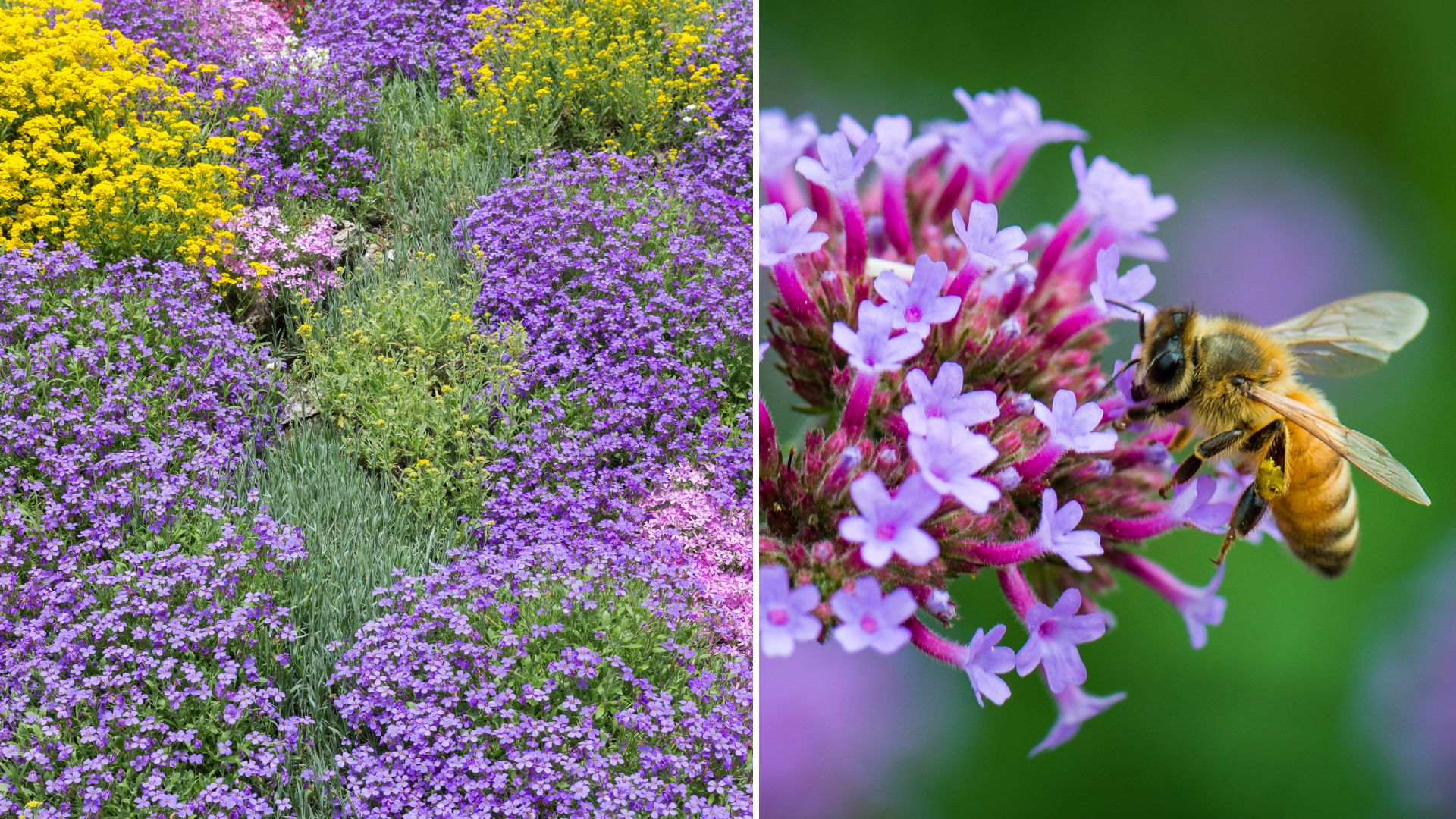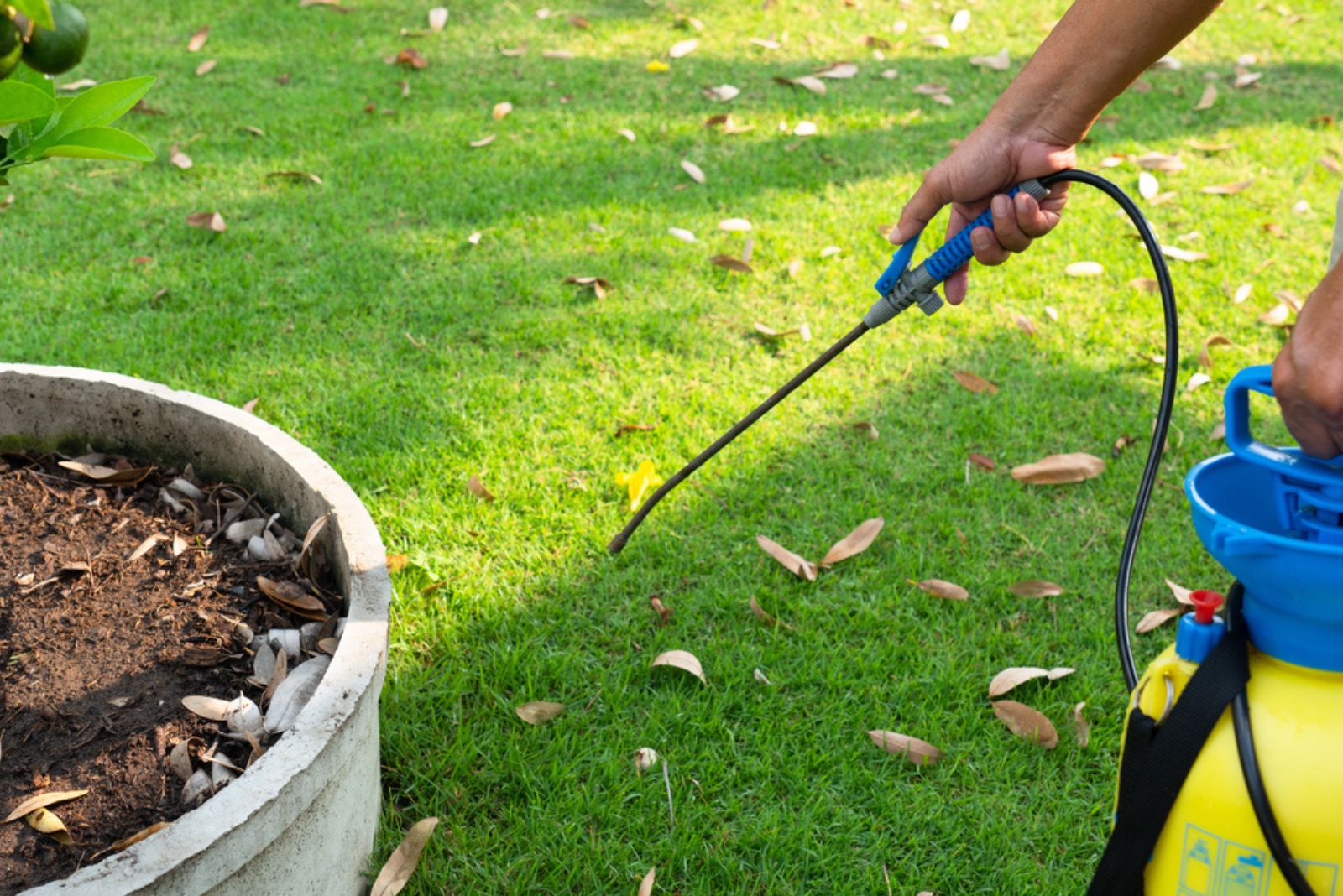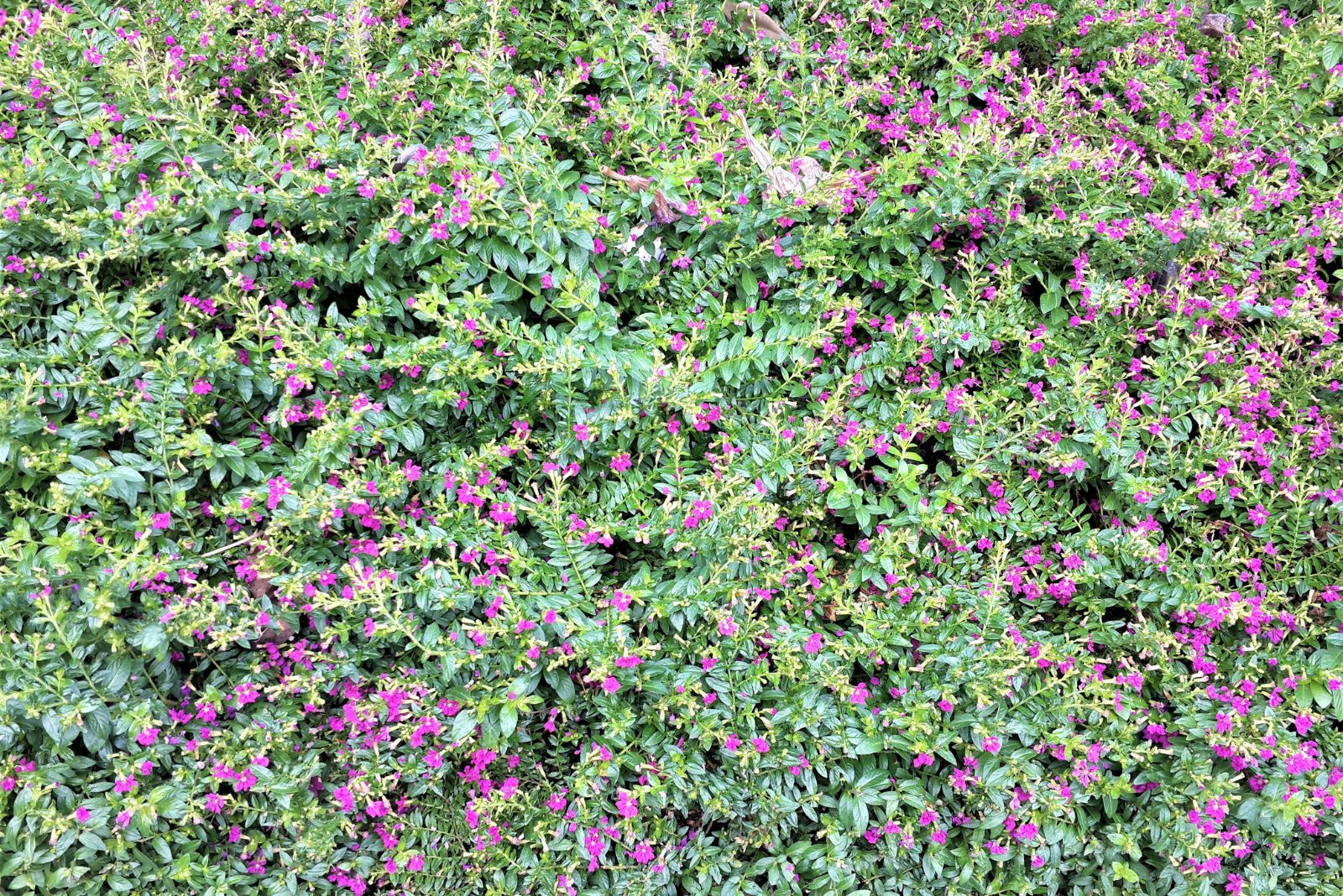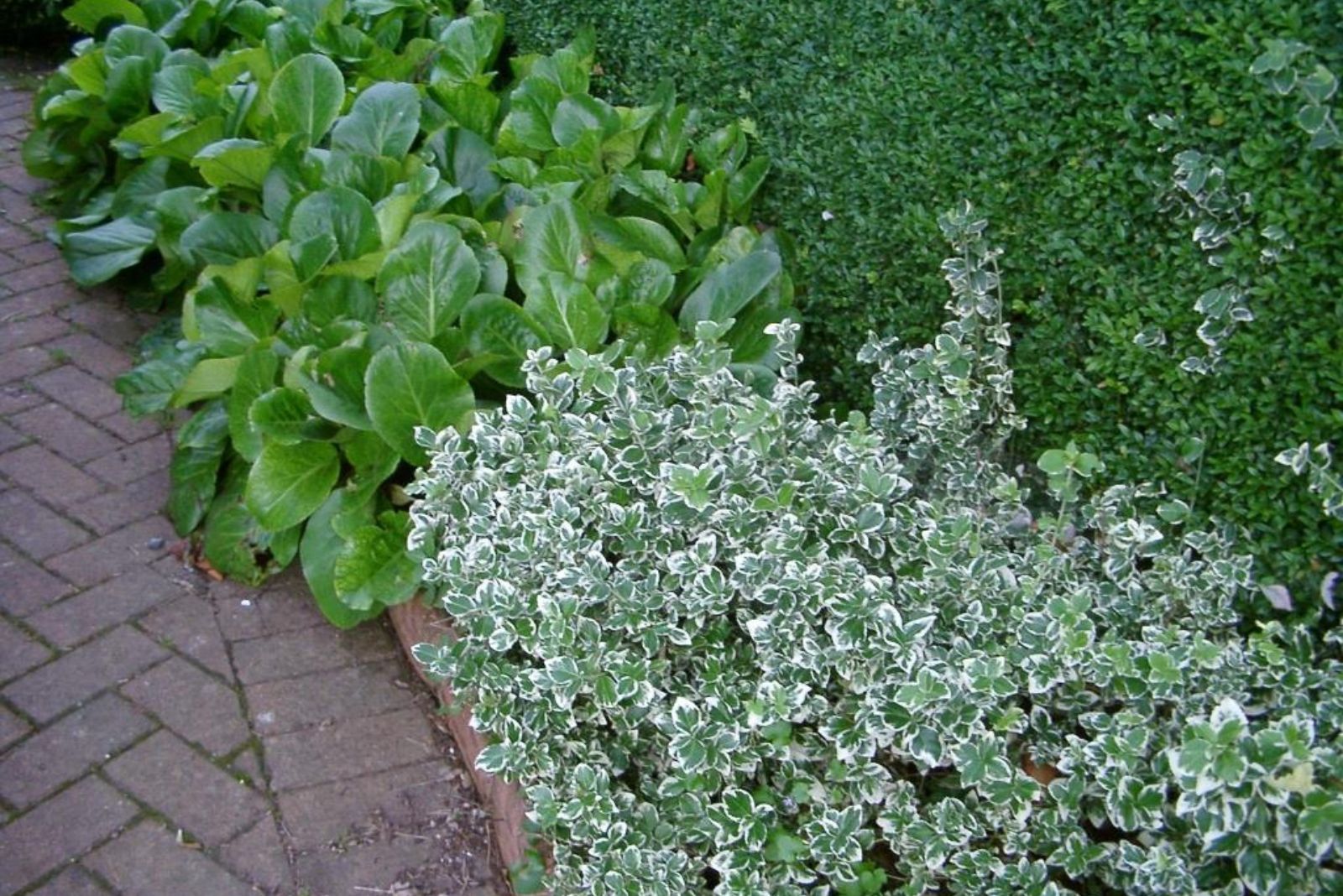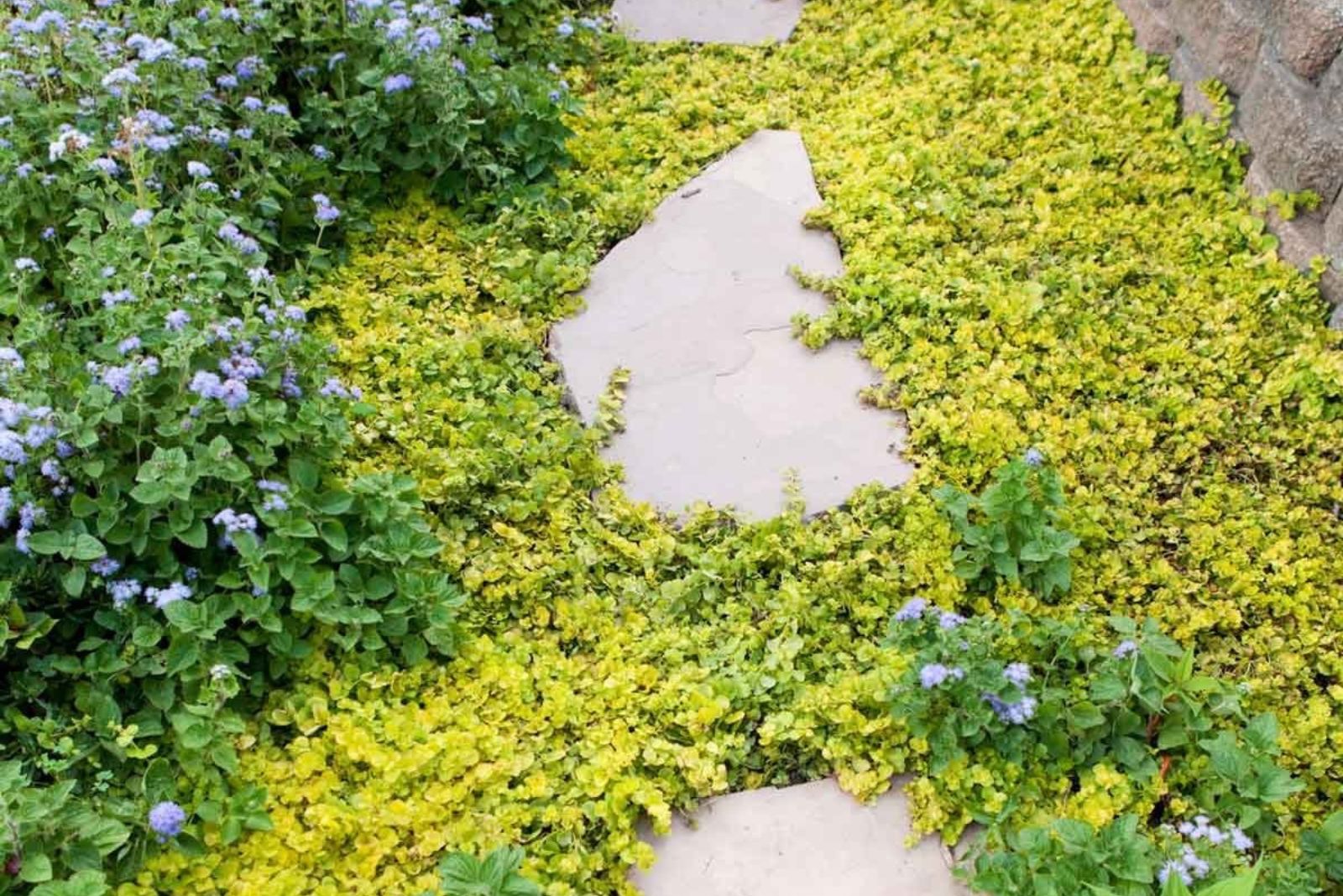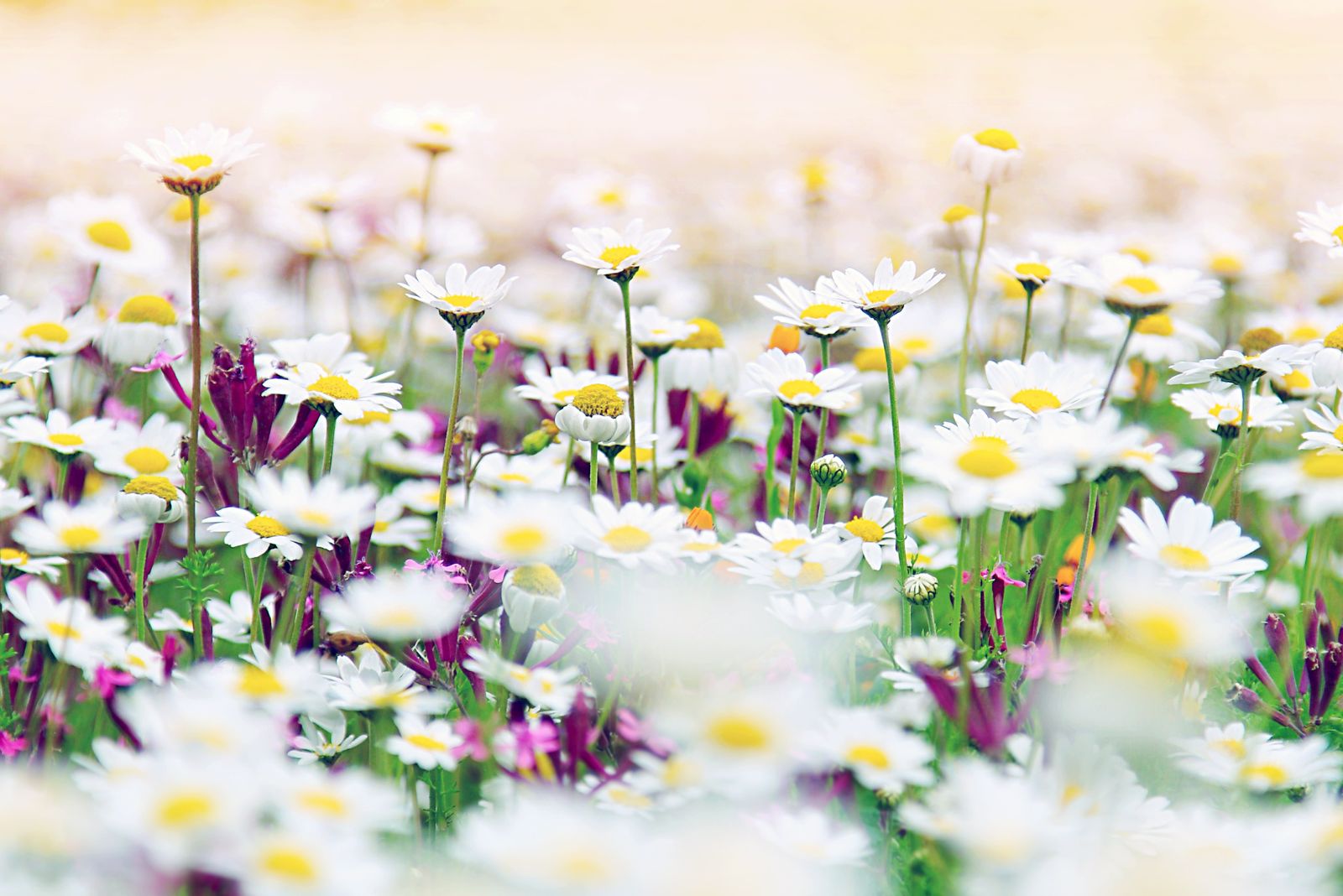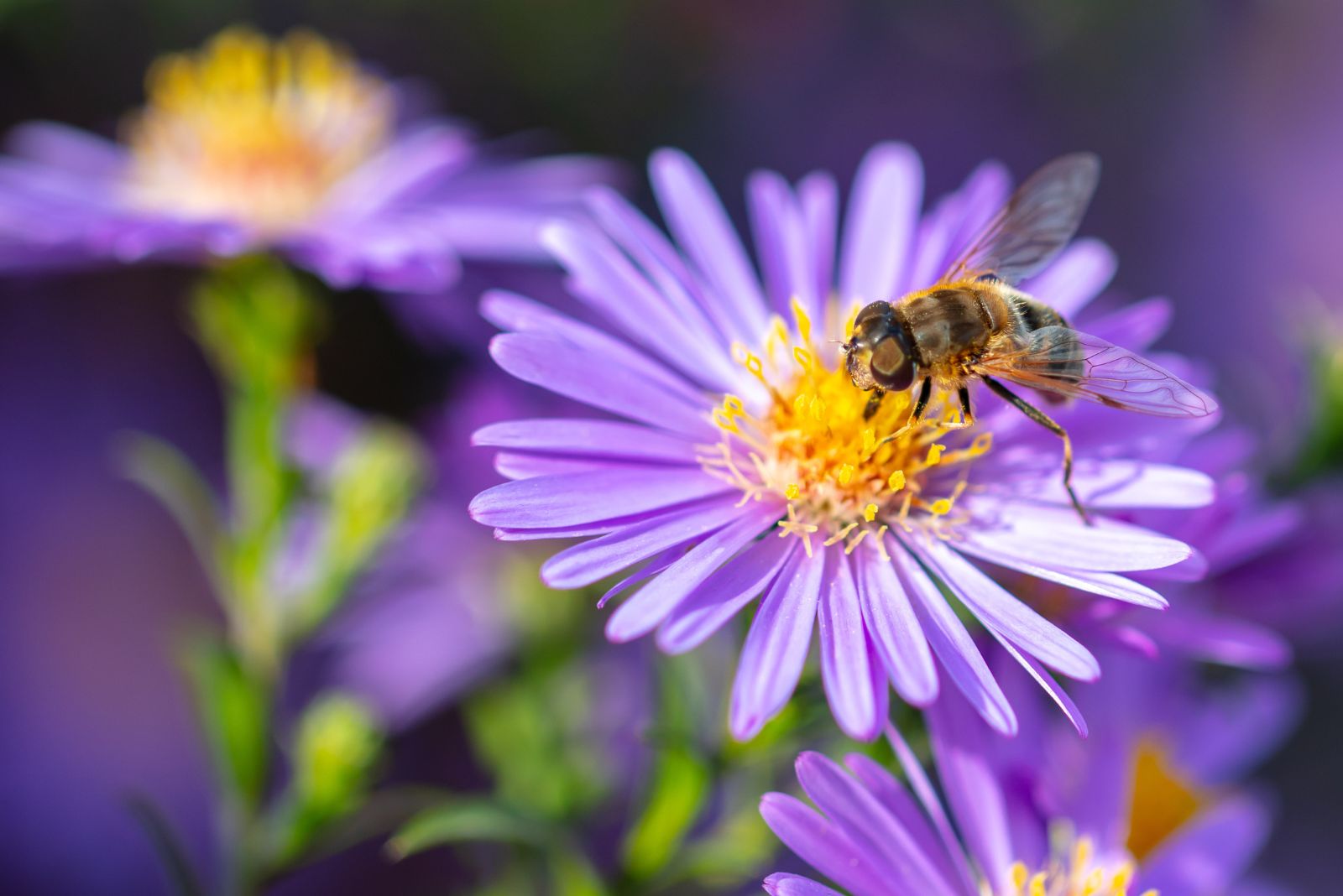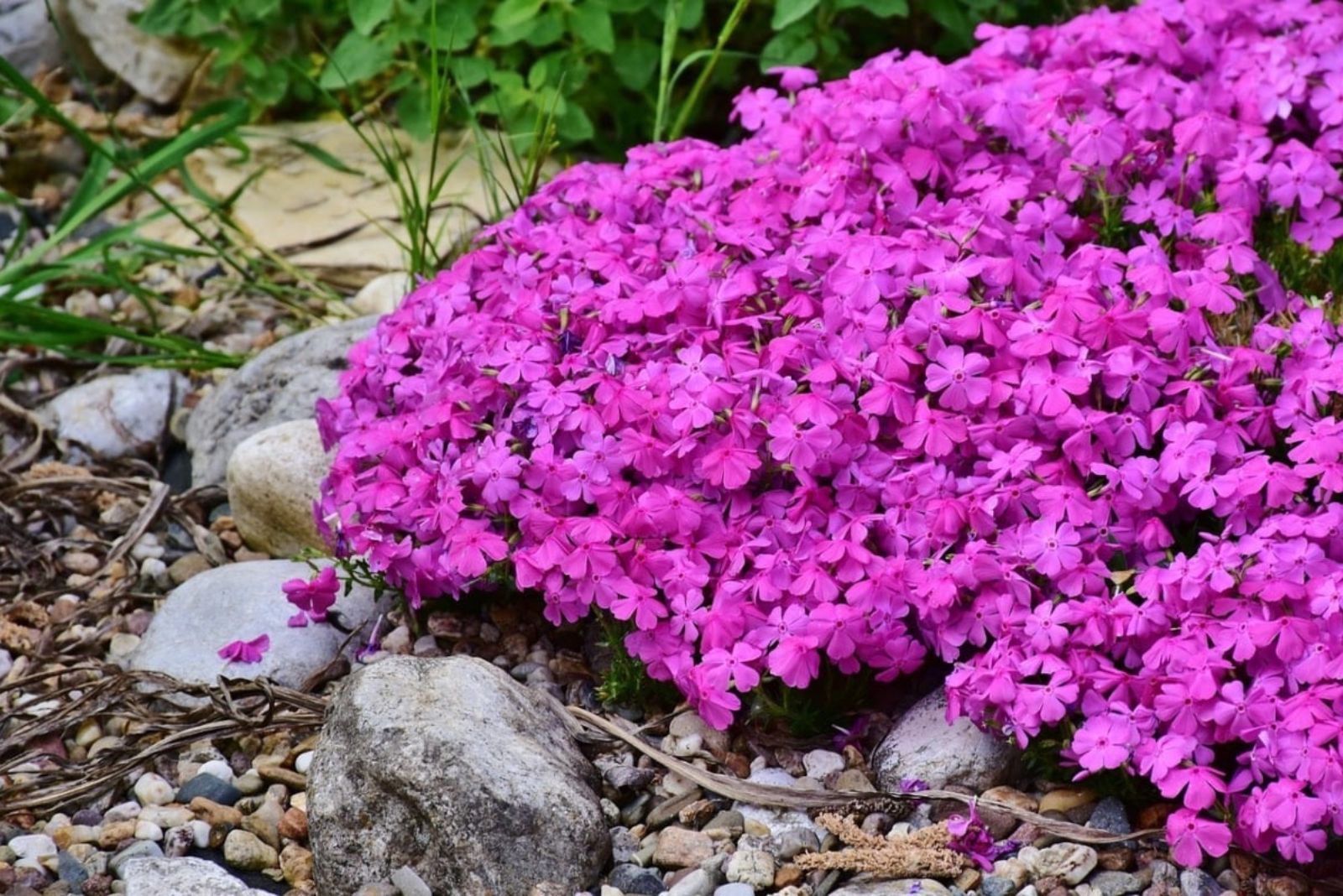Ground cover plants can do so much for your yard, from preventing weeds to attracting pollinators and keeping it gorgeous.
You might be missing out on a lot if you’ve never grown these low-growing perennials in your garden.
They won’t give you more privacy, but they will provide more depth and texture as well as a unique display and landscape.
Here are some reasons why you should consider incorporating ground cover plants into your garden design!
1. Killing Weeds
Any ardent gardener knows how tiresome weeding is. Not just because it is a time-consuming chore, but a repetitive one as well.
And if you let your garden go even a tiny bit, the weeds will overtake it in an instant, competing with your plants for nutrients, moisture, and valuable space.
But if there isn’t that much space to begin with, weeds will have a hard time outcompeting your weed-killing plants.
These eliminators will cover the entire ground, blocking sunlight which weed seeds need to germinate. This will prevent the seeds from sprouting and choke those that have already germinated because they are still young and not that resistant.
Think of it this way; the more space you devote to your ground cover plants, the less room weeds have to grow.
2. Increasing Soil Moisture
Bare soil dries out much faster than ones covered in plants or mulch, especially during drought and heat.
Plant some ground cover species to act as a live mulch and keep your soil moist, and the roots of neighboring plants hydrated and cool.
Ground cover or mulch will block the sunlight from directly heating up the substrate, which will give your plants a time-out from extensive heat.
Finally, since ground cover plants are a live mulch, you won’t have to replace them like a regular mulch, which saves you time and calls for much less garden work.
3. Preventing Erosion
Soil erosion can rid your substrate of important nutrients, which is why it’s vital to prevent it. Or it can take away the soil if it’s too strong.
Weeds help prevent it, but they are unsightly and can invade every corner of your garden, choking out your plants and stealing their food and water.
Instead, you can cover the slopes with ground cover plants whose roots will intertwine and reduce the erosion.
And the top will act as a soft and colorful blanket which prevents the rain and precipitation from washing the topsoil away.
P.S. Adding ground cover plants is a quick and easy way to add more visual appeal to an otherwise uninteresting slope.
4. Covering Bare Patches
If you have unsightly bare patches of soil in your garden, simply plant some walkable ground cover plants. They will instantly improve the appearance of your landscape and provide you with a soft mat for walking and playing with your kids and pets.
And if you do have bare patches, the weeds are more likely to take root there, so make sure not to give them this free space.
Additionally, most of these ground cover plants are extremely low-maintenance, so you’ll get a great addition to your landscape without having to spend too much time caring for it.
P.S. Bare patches of soil are particularly attractive to cats that love to use it as a litter box, so plant some cat-repellent plants there to keep them away.
5. Reducing Garden Chores
Planting ground cover species can reduce the need for weeding and watering, which turns your garden into a more low-maintenance area.
And if you switch from traditional lawns to microclover or some other ground cover alternative, you can reduce the time you spend mowing, too.
For instance, thyme and chamomile are perfect options because they don’t require too much moisture or constant watering. And you can use them for making teas and spices, too.
You don’t have to replace your entire lawn with ground cover plants. Just turning one part of your garden into a ground cover haven can significantly reduce the amount of time you invest in weeding, watering, and mowing.
6. Attracting Pollinators
Gardeners usually choose flowering ground cover plants for their landscape because they have more to offer.
And with flowers come pollinators!
This will increase the diversity of your local ecosystem and invite more bees and other beneficial insects to your garden, as well as wildlife such as songbirds and hummingbirds.
Pollinators, bees in particular, are in decline, but planting flowers in your backyard will slightly reduce this process. (1)
7. Adding Depth To Landscape
There are many ground cover ideas, most of which call for some depth and texture in your landscape.
Luckily, these low-growing perennials will give your flower beds and borders more structure, especially if you combine them with taller plants and trees.
They will perfectly complement those flowery trellises and arbors and shrubs or look amazing in rock gardens, giving you the feel of pink slopes.
And the best part is that they won’t steal the spotlight from your focal points. They’ll just soften the transition zones and give your garden a rounded look.
References:1. Brunet, J. (2019). Pollinator Decline: Implications for Food Security & Environment. Scientia.

